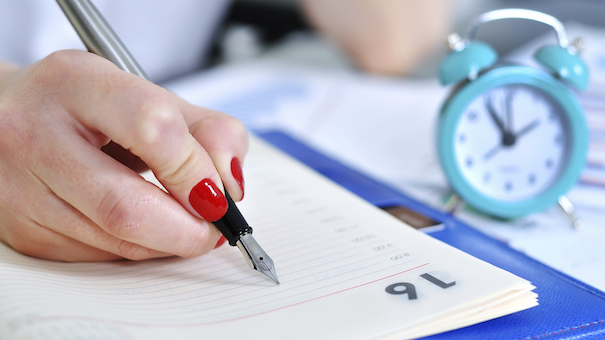We are accustomed to use oral language and manage with some vocabulary that is sometimes too restrictive. But one day we will face the need to present ourselves in writing. Our evaluator, whether a teacher or a staff manager, will discover through our words how we think, how we act, how we manage in the world of the word. It is then the moment to go to our trunk of memories and look for those forgotten tools that have to do with the structuring of language. The first thing to keep in mind is consistency in our ideas. For this we must first of all clarify our ideas, look for material in books or magazines that help us forge a sustained idea. While we are thinking of our essay we will find a number of ideas that come in disorderly form through our mind. It is time for brainstorming.
A Plan
It is now necessary to sort these ideas clearly and precisely. Remember that you should never lose the coherence of your thinking. Use affirmative sentences. Do not manifest doubts. Do not give an opinion. Show your absolute certainty about what you are going to develop later. It is your foundation stone.
Conclusion
Do not repeat what was stated in the introduction. Be blunt in your words. In drafting a plan you will choose the synthesis scheme that you prefer where you clearly see the development that you are going to give the hypothesis raised in the introduction.
In an Essay the Author Exposes a Personal Hypothesis
You will not always be in a favorable situation when writing an essay. Sometimes the topic will overflow because you will not know how to approach him, what aspects to include and which to ignore. The plan will then determine priorities:
- Chronological, marking the development throughout history.
- Logics, supported by coherently developed reasoning.
- From the general to the particular.
A Paragraph, an Idea
Each paragraph will develop an idea. It is useful to follow the same outline as for the full text. In the first sentence the topic of the paragraph will be presented with an affirmation that will then be supported by the ideas expressed in the rest of the paragraph. The last sentence should act as a conclusion. Alternating short and forceful sentences with long and composed ones will give dynamism. The essence of a paragraph is its logical development of ONE theme.
Independence
Remember that this essay is your cover letter. It should have your stamp, your ideas, and your way of thinking. It will not be several ideas united but ONE idea developed and defended throughout your work if you have enough time immerse yourself in the topic before writing. One of the most interesting results of this work is to compel the author to think deeply about the chosen subject, to explore his conscience in search of clear judgments and his unconscious in search of impressions that he had never before imagined.
The Right Language
The language must be literal, clear, structured with certain sentences, without more adjectives of emotive type (alarming, scandalous). The sentences will be affirmative; there will be no ambiguities or doubts.
Coherence and Cohesion
Consistency is the logical organization of each of the parts of a discourse and of those parts to each other. This is possible if there is internal cohesion of each unit (sentence or paragraph), related to other units also cohesive, form the total coherence of the text. It is necessary to take into account cohesion to understand why a text, in a certain fragment, seems unclear, redundant, extensive or short.
What should be taken into account to achieve cohesion?
- Synonyms. The use of synonyms implies respecting the level of language that one wants to use. In the case of an essay we will use a formal language so we will eliminate many synonyms that will not be able to fit exactly to our text.
- Generalized reference words: it will help us avoid repetitions by referring to a wide field of objects, people or facts. For example: “The situation of indigenous groups is a matter of concern. This issue will be debated soon in Congress.”
- Ellipsis: helps us avoid repetition. The use of a pronoun allows us to make sense of a sentence while referring to what has been read previously.
Beginning and End
The ability to begin and end is an art that can be practiced following certain patterns while the development of the essay will be given by associating or contrasting ideas. Once we have exhausted all the resources we will conclude our work. The principle is difficult because we find ourselves without a previous thought to which to direct ourselves. It also demands an original thought and a personal touch from the author. The purpose of the introduction is to arouse the interest of the reader. If the first paragraph is stimulating, unusual, the reader will want to know more about the views of this freelance writer. The last paragraph should close the ideas developed above. It will be clear what has been the dominant point of view throughout the work: humor, challenge, depth of ideas.
Ideas for introductory paragraph
- From a definition.
- Give a concrete example that will lead to general conclusions throughout the text
- Historical background.
- An anecdote or quotation introducing the theme
- A provocative phrase.
- An exception to what will then be developed.
Ideas for the final paragraph
- A challenge for the future
- Suggestion of a new topic for the reader to reflect
- Reference to a more global, abstract, philosophical framework.
- An abrupt turn, usually humorous, refuting everything said previously.
USEFUL WORDS
It is very important to know the value of particles or turns that relate sentences or paragraphs, to follow the course of thought, the resources of argumentation.







